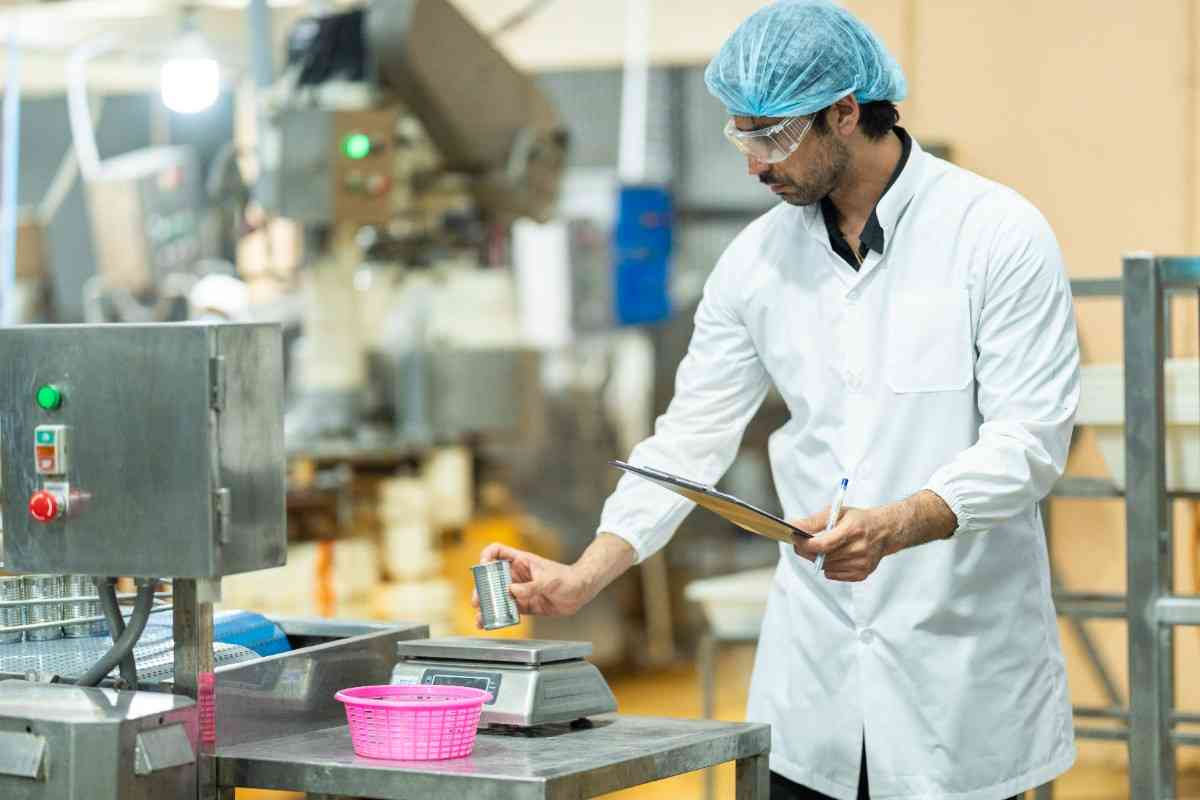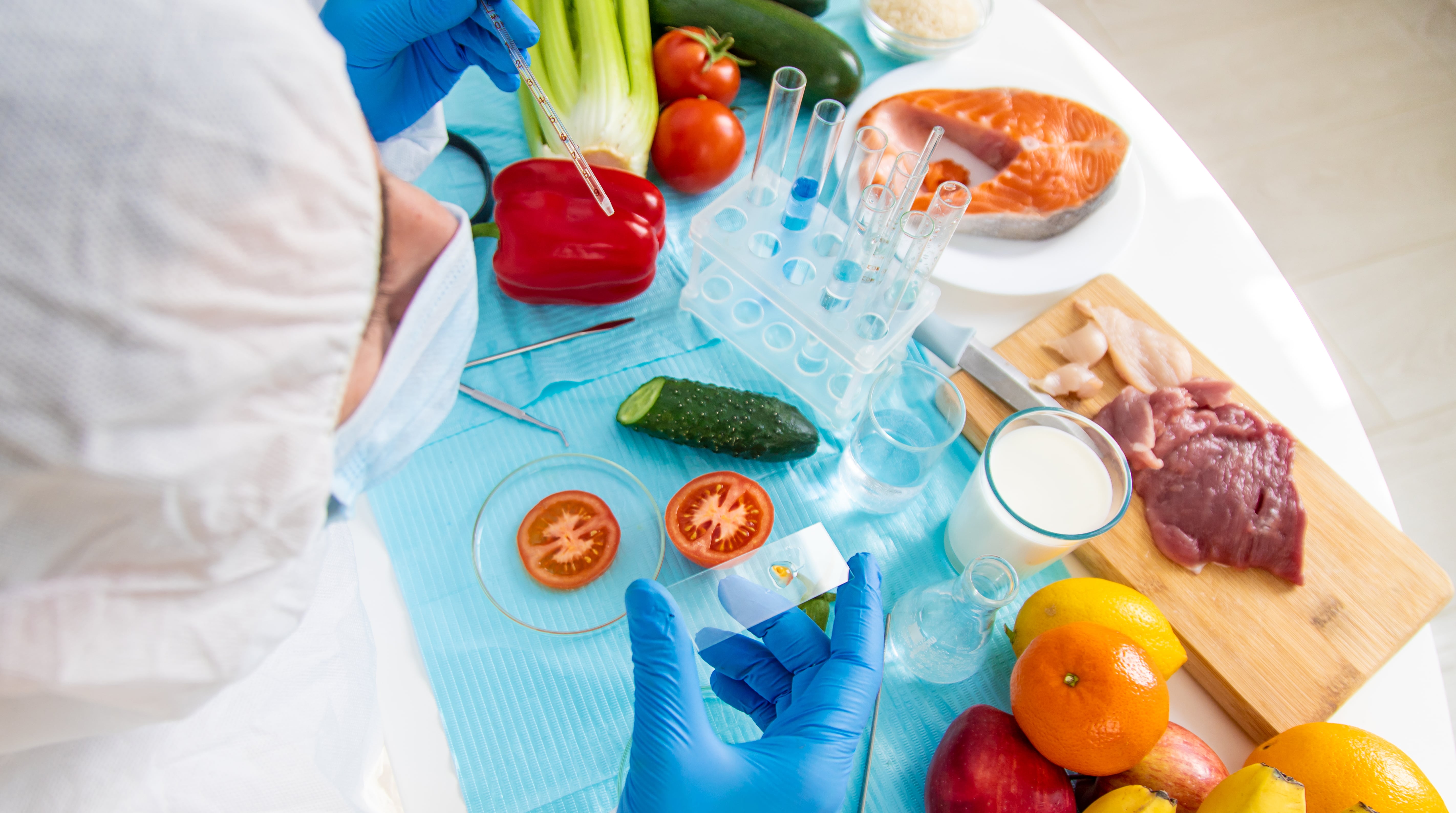Last Updated on November 11, 2025 by Admin
Table of Content
- The Value of Quality Control in the Food Industry
- Key Food Quality Standards
- The Importance of Quality Control Measures
- Technology’s Contribution to Improving Quality Control
- Procedures for Food Quality Control
- Conclusion
Maintaining great quality standards is crucial in the fiercely competitive, consumer-driven food industry. The mainstay of ensuring that food items adhere to safety rules, meet industry standards, and continuously deliver better taste and nutritional value is food safety and quality control. The importance of food quality control in the food sector is investigated in this article, along with its crucial practices, the importance of quality control, and how technology might improve food quality maintenance.
The Value of Quality Control in the Food Industry
Protecting consumer health, adhering to regulations, and preserving brand reputation all depend heavily on food quality control. Food businesses may ensure their products are secure and consistent and satisfy discerning consumers by putting strong quality control in the food industry process. It involves several stages to maintain high standards, including sourcing raw materials, production steps, packaging, storage, and distribution.
The food industry in India comes in fifth place in terms of scale, contributing roughly 6% to the country’s Gross Domestic Product (GDP), 13% of the country’s exports, and 6% of the entire industrial investment in the nation. In addition, it is anticipated to develop at a rate of 20%, with processed food accounting for 25% of the market share.
Key Food Quality Standards
To ensure that products fulfil safety standards, legal regulations, and consumer expectations, quality control is a crucial component of the food sector. Key food quality control methods cover the various stages of the production process. These are listed below:
1. Testing of Raw Materials
Testing and evaluating raw materials is the first step in the food quality control process. Suppliers are judged on their adherence to moral norms, consistency, dependability, and reliability. Raw materials are rigorously tested for pollutants, allergies, and quality factors to ensure that only top-notch ingredients are utilised in production.
2. In-Process Quality Inspections
Regular inspections, monitoring of crucial control points, and adherence to standard operating procedures are all examples of food quality control measures used during production. It guarantees that goods are produced in a controlled environment, avoiding variations jeopardising quality or safety.
3. Analysis of the Final Product
A thorough analysis of the finished products is performed as the last step in quality control to ensure they adhere to all parameters, including their nutritional value, sensory qualities, and labelling requirements. This process guarantees that the goods leaving the plant are flawless and of the greatest quality.
4. Environmental Surveillance
Regular production environment monitoring is included in quality control to prevent contamination and maintain hygiene. Guaranteeing a clean and safe working environment requires evaluating air quality, water quality, sanitation procedures, and insect management.
The Importance of Quality Control Measures
Numerous advantages that enhance the food industry’s business and reputation can be obtained by implementing quality control systems. Here are a few examples importance of quality control.
1. Consumer Trust and Safety
The danger of foodborne infections is decreased by putting strict quality control systems in place to ensure food products are safe for consumption. Companies can build consumer confidence by regularly supplying safe, high-quality products, encouraging adherence and enhancing brand impression.
2. Adherence to Regulations
Meeting regulatory requirements and industry standards requires quality control. In addition to avoiding legal ramifications, adhering to food safety requirements and labelling legislation indicates a commitment to consumer safety and ethical practices.
3. Reliability
The uniformity of product characteristics like flavour, texture, appearance, and nutritional value is ensured through food quality control techniques. Delivering exceptional items strengthens a brand’s reputation and encourages consumer loyalty.
4. Cost Savings and Waste Management
Effective quality control reduces product flaws and waste, saving money using raw materials, manufacturing efficiency, and less product recalls or reworks.
Technology’s Contribution to Improving Quality Control
Modern technology is transforming how quality control is done in the food industry. The following are some crucial areas where technology is having a big impact:
1. Automated systems and Data Analytics
Processes for food quality control are streamlined by automation, which reduces human error and boosts productivity. Data analytics technologies make real-time monitoring, trend analysis, and early detection of quality deviations possible, allowing for prompt corrective action.
2. Advanced Techniques for Testing and Inspection
Innovative testing methods for pollutants, allergens, and quality criteria include DNA sequencing, spectroscopy, and imaging systems. Machine vision-based automated inspection systems can find flaws and guarantee consistent product quality.
3. Supply Chain Management and Traceability
Blockchain technology is growing in the food supply chain to improve traceability and transparency. It enables integrated ingredient, production, and distribution tracking, assuring accountability and promoting quick response for quality or safety issues.
4. Systems for Digital Quality Management
Systems for quality management hosted in the cloud allow for consolidated documentation, teamwork, and efficient workflows. They enable compliance management, give real-time access to high-quality data, and guarantee effective stakeholder communication.
Procedures for Food Quality Control
To ensure product safety and quality, efficient quality control in the food industry must be implemented. Each step is essential for food quality, from testing raw materials and evaluating suppliers to performing quality checks while a process is underway and analysing the end product. The use of secure and dependable substances is guaranteed by thorough testing of raw materials and supplier evaluation.
In-process quality checks keep an eye on important control points, ensuring consistency and quickly correcting deviations. An investigation of the final product confirms that it complies with all standards, nutritional criteria, sensory characteristics, and labelling regulations. By implementing these systems, food businesses may uphold safety standards, satisfy legal obligations, and offer high-quality food that meets customer expectations.
Read Also: Why Quality Assurance In The Food Industry Matters A Lot
Conclusion
The foundation of the food sector is food quality control, which ensures that goods are continuously of the highest quality and meet all safety and legal requirements. Food firms can safeguard customer health, develop trust, and find long-term success in a market that is becoming more competitive by implementing strict food safety and quality control methods, utilising cutting-edge technologies, and promoting a culture of continuous improvement.
Adopting food quality control as a strategic imperative enables businesses to satisfy changing customer demands while preserving the highest food quality standards. Food manufacturers should consider what quality procedures in the current operations could be enhanced to obtain cost savings, increase efficiency, and improve food quality maintenance.













